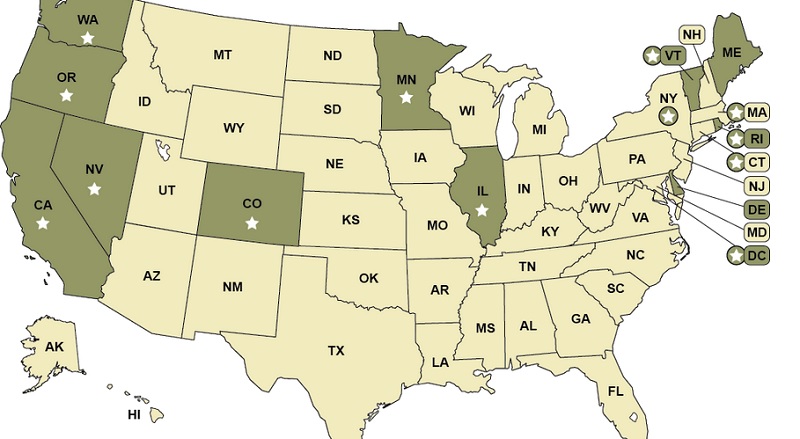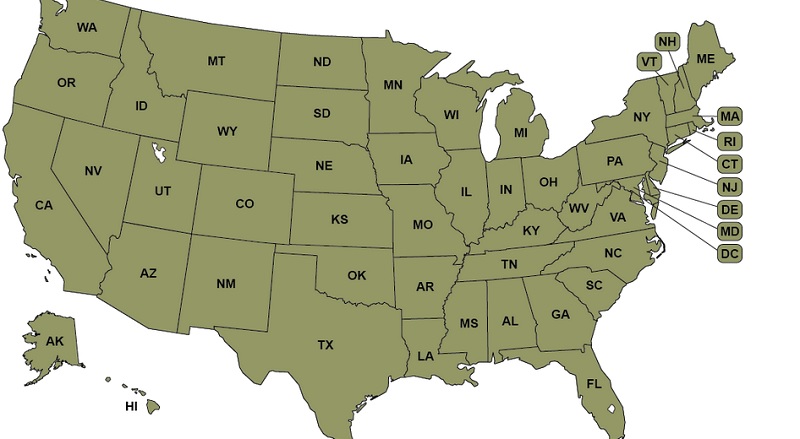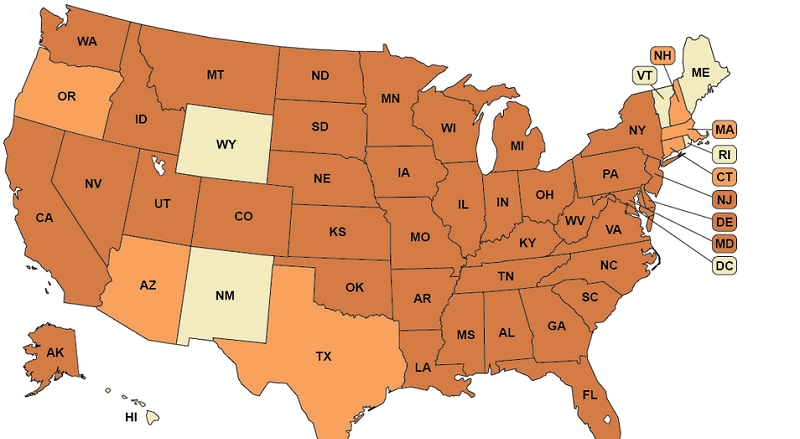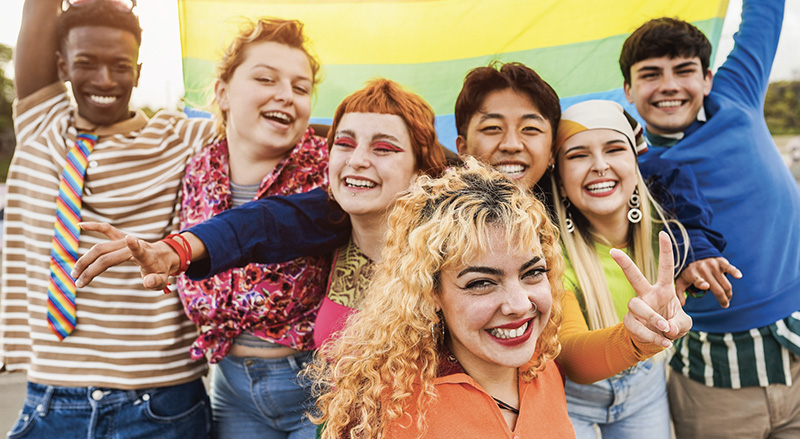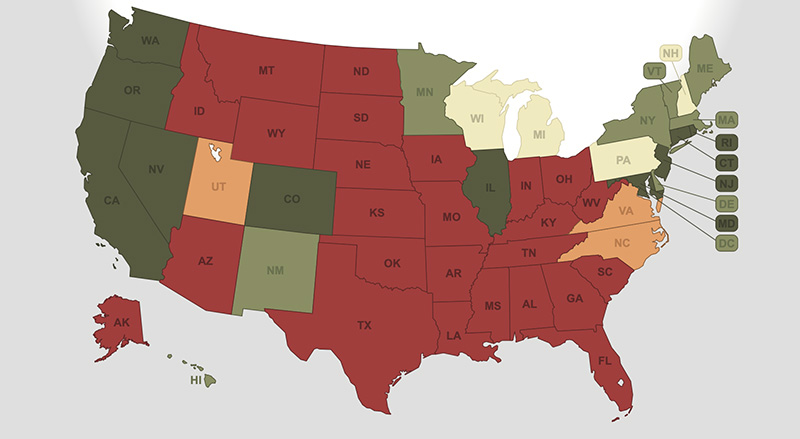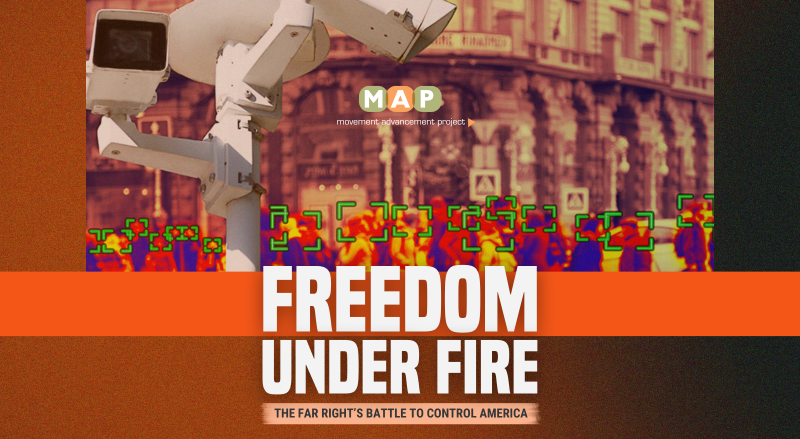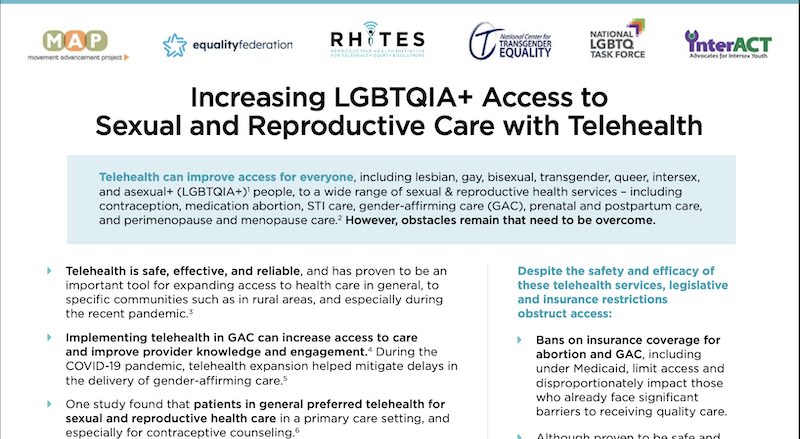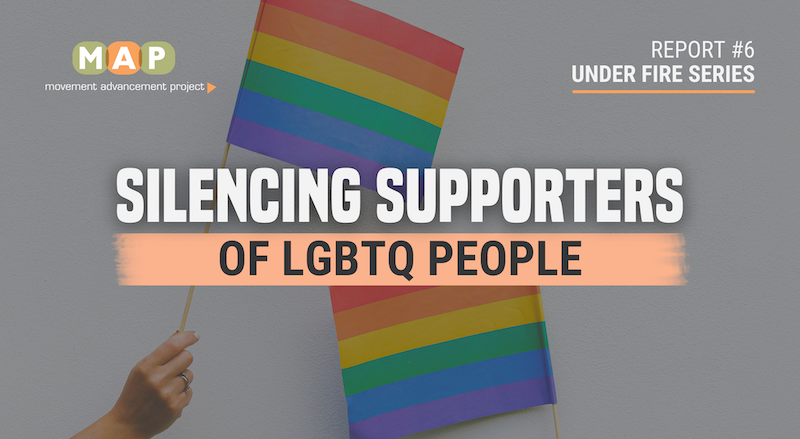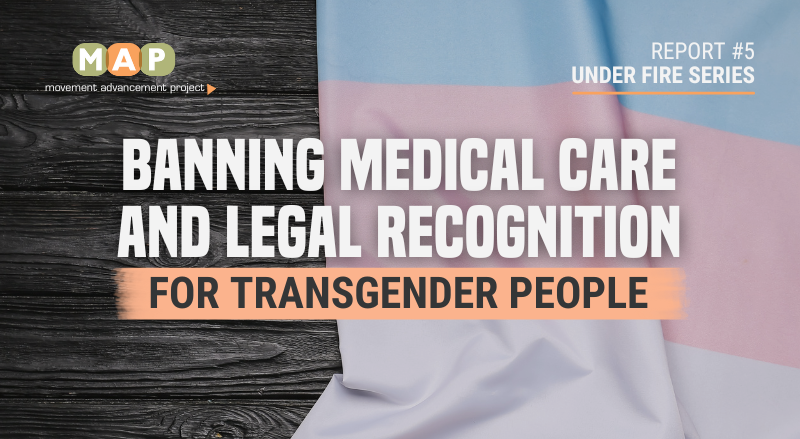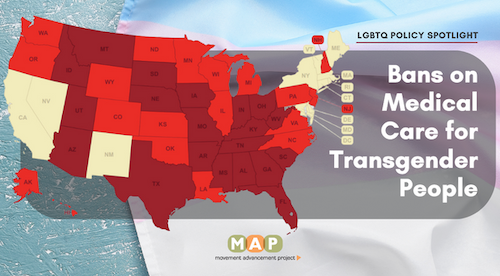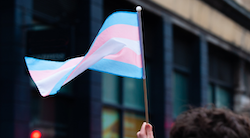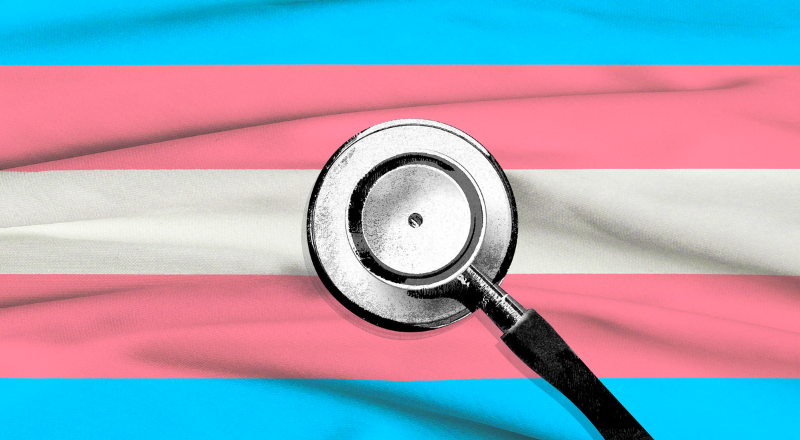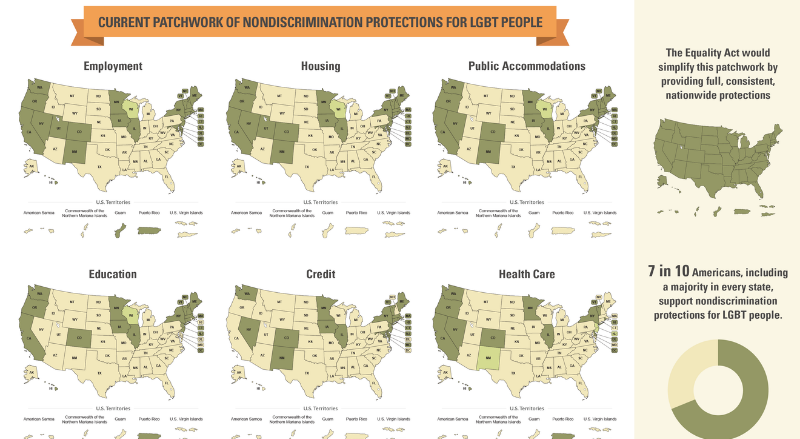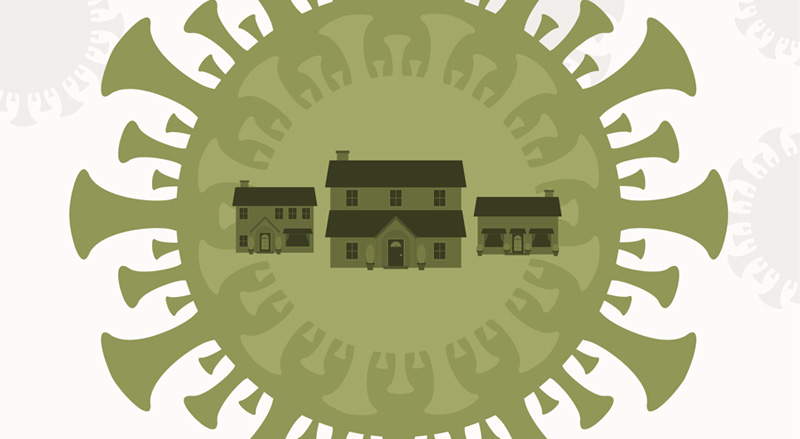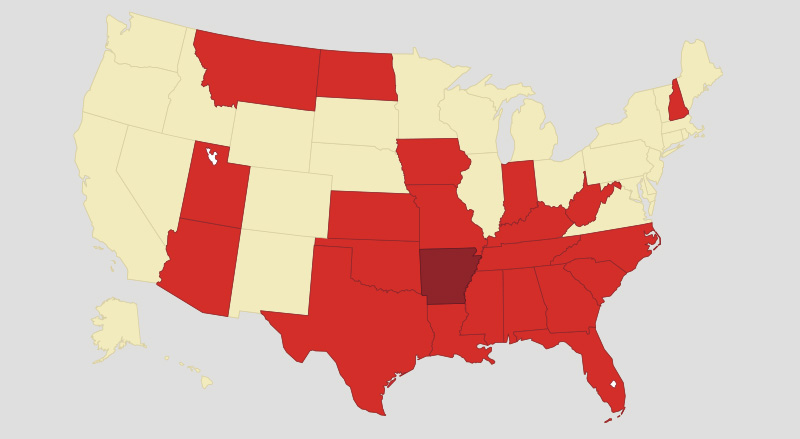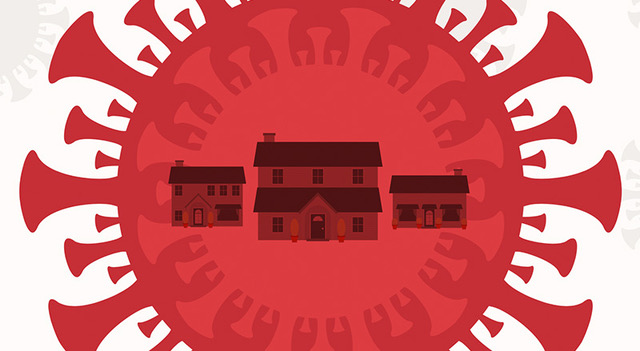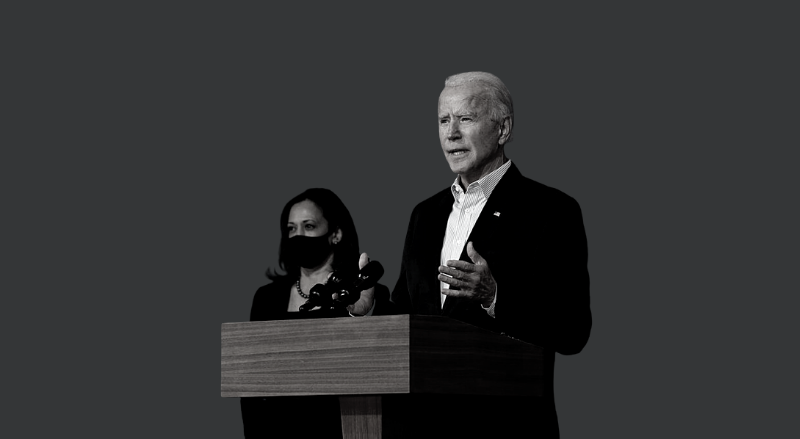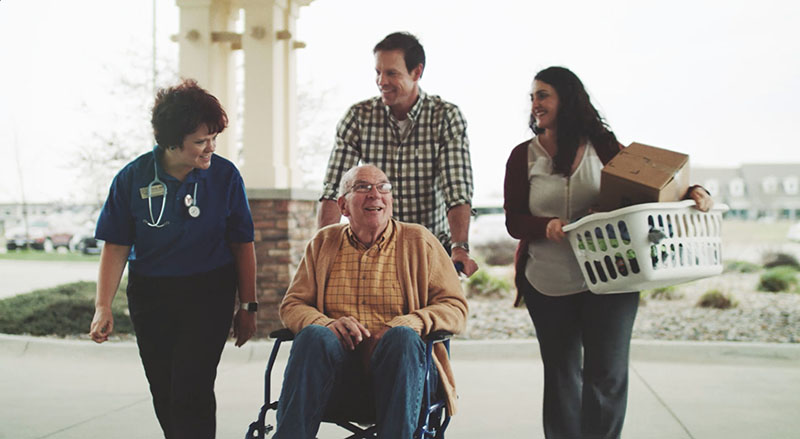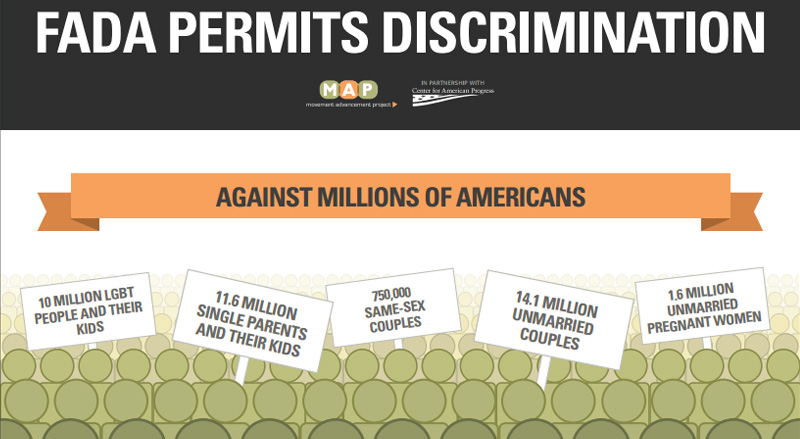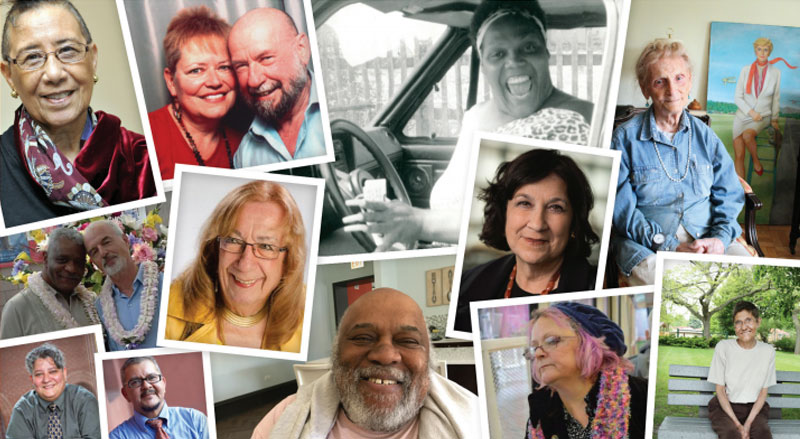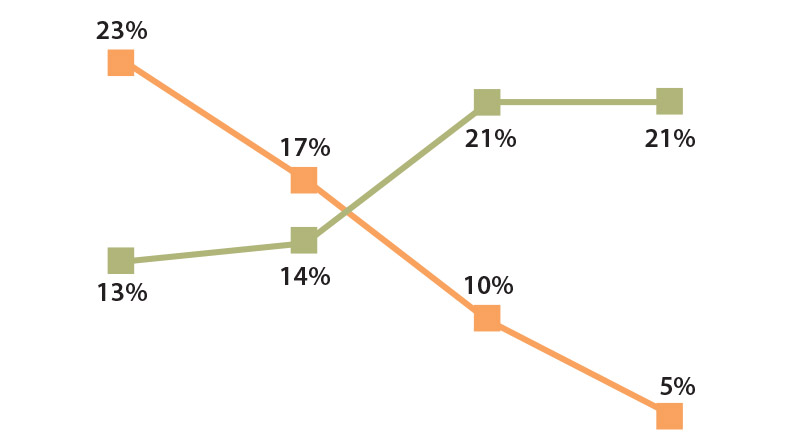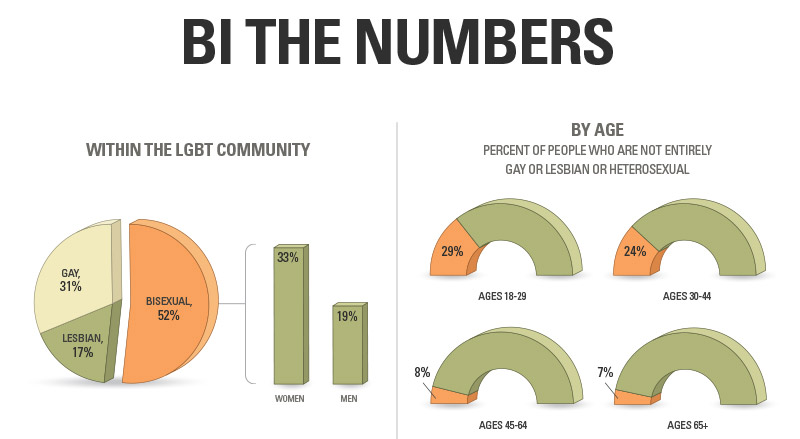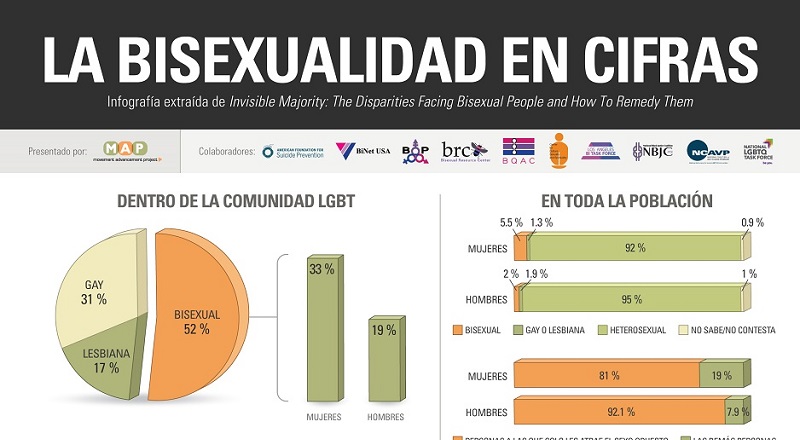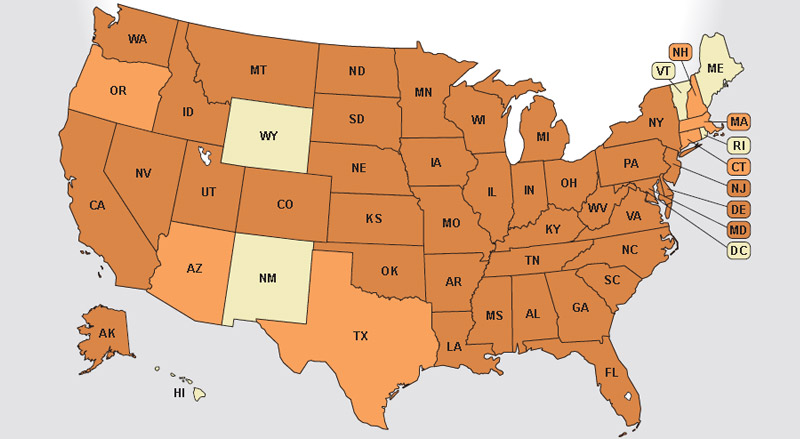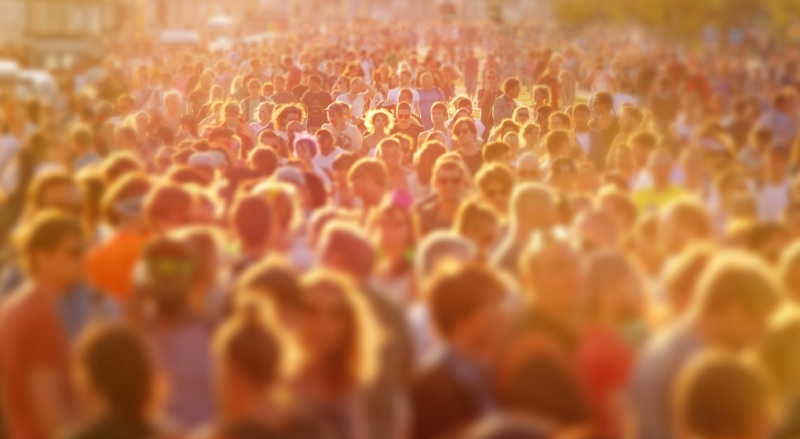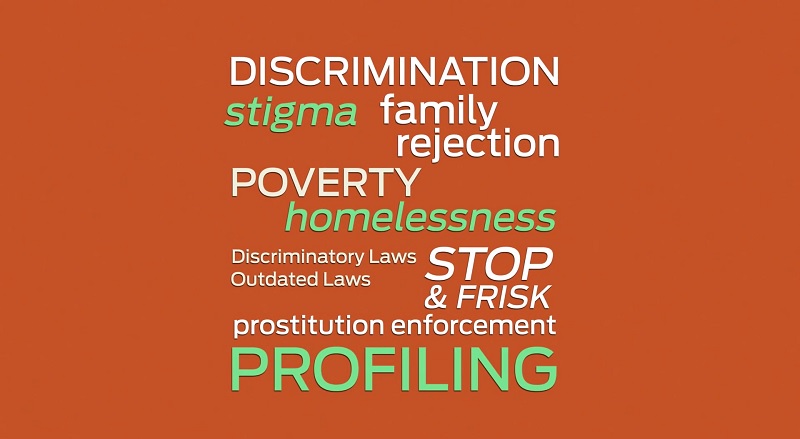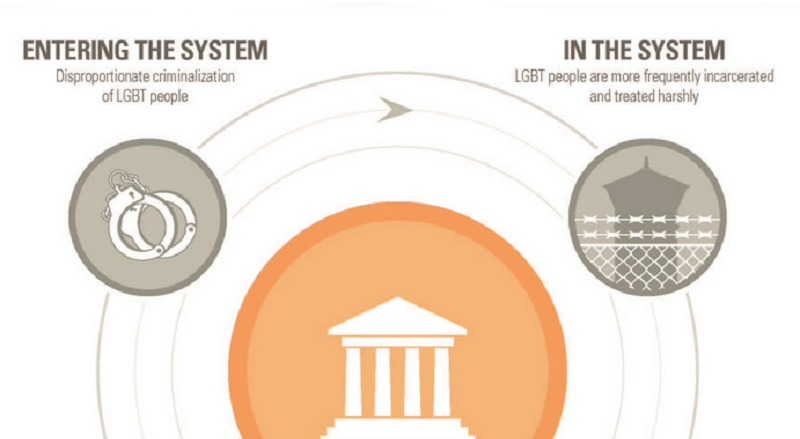LGBTQ people face several barriers to health and wellbeing, including difficulties accessing health insurance, stigma and discrimination, and lack of access to competent and welcoming healthcare providers. LGBTQ people have lower rates of insurance; they are more likely to delay medical care; and they report high levels of discrimination by healthcare providers. What's more, LGBTQ people—particularly gay and bisexual men, transgender women and LGBTQ people of color—are disproportionately impacted by HIV.
Transgender people may struggle to find competent care providers and blanket denials of coverage by insurance companies, despite federal laws and laws in many states prohibiting such discrimination. Recent efforts to permit healthcare providers to refuse to provide care to LGBTQ patients threatens their ability to access the care they need. These experiences have a cumulative effect: research finds that LGBTQ people have lower overall health as a result of these barriers.

